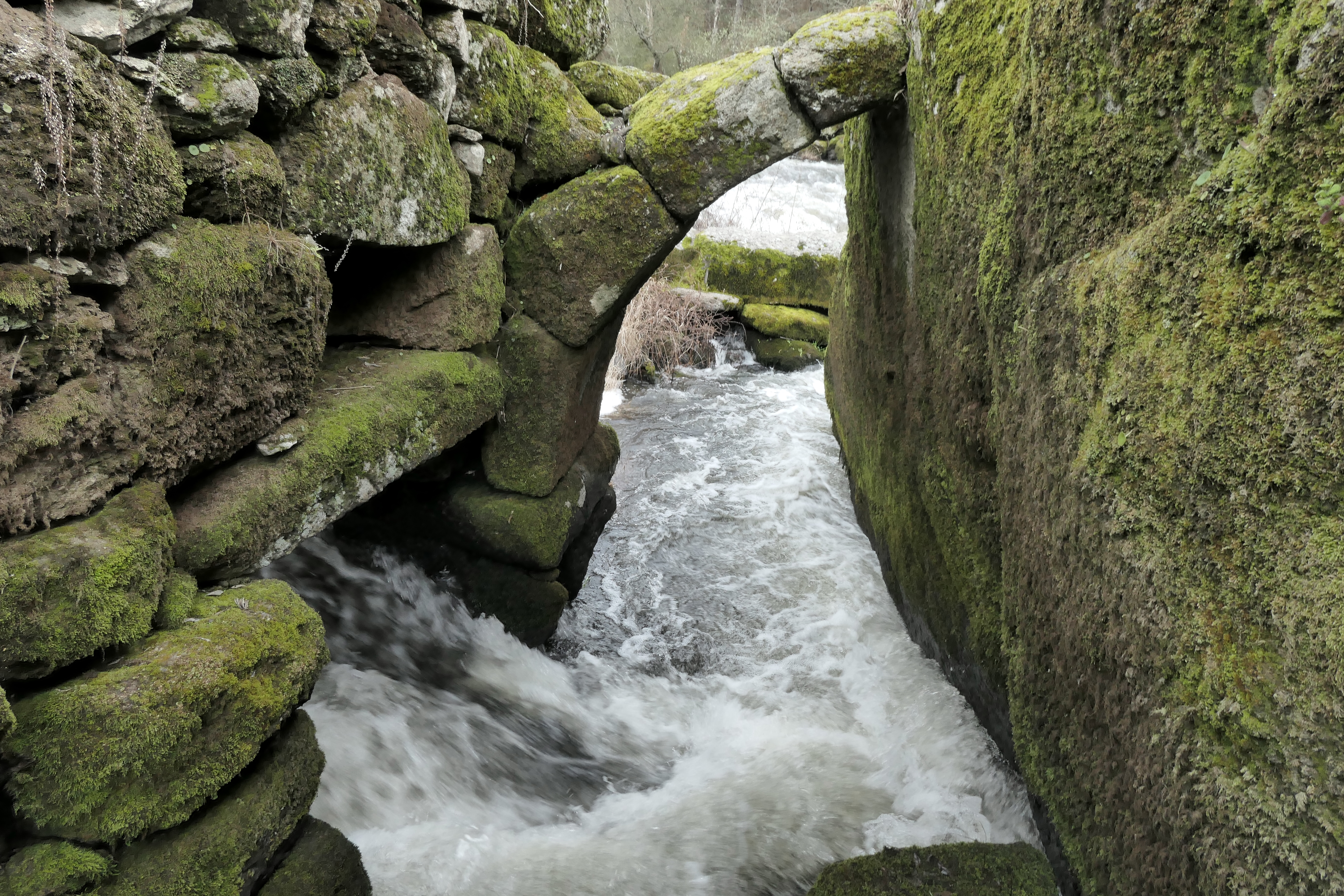José Leite de Vasconcellos, Opúsculos: Vol. Volume V – Etnologia (Parte I) (Imprensa Nacional de Lisboa, 1938), 15.
Henry David Thoreau, Walden; or Life in the Woods (Ticknor and Fields, 1854), 75-80.
Zygmunt Bauman, Community: Seeking Safety in an Insecure World (Oxford: Polity Press, 2001).
Fernand Braudel, Écrits sur l'histoire (Paris: Éditions Flammarion, 1985).
Arjun Appadurai, Modernity at Large: Cultural Dimensions of Globalization (University of Minnesota Press, 1996), 181.
David Mosse, "Epilogue: The Cultural Politics of Water - A Comparative Perspective," Journal of Southern African Studies 34, no. 4, (Taylor & Francis, 2008): 939-948.
Appadurai, Op.Cit, 41.
Water Law, Ministério do Comércio e Comunicaçoes, Diário do Governo n.º. 98/1919, 24º Suplemento, Série I de 1919-05-10.
